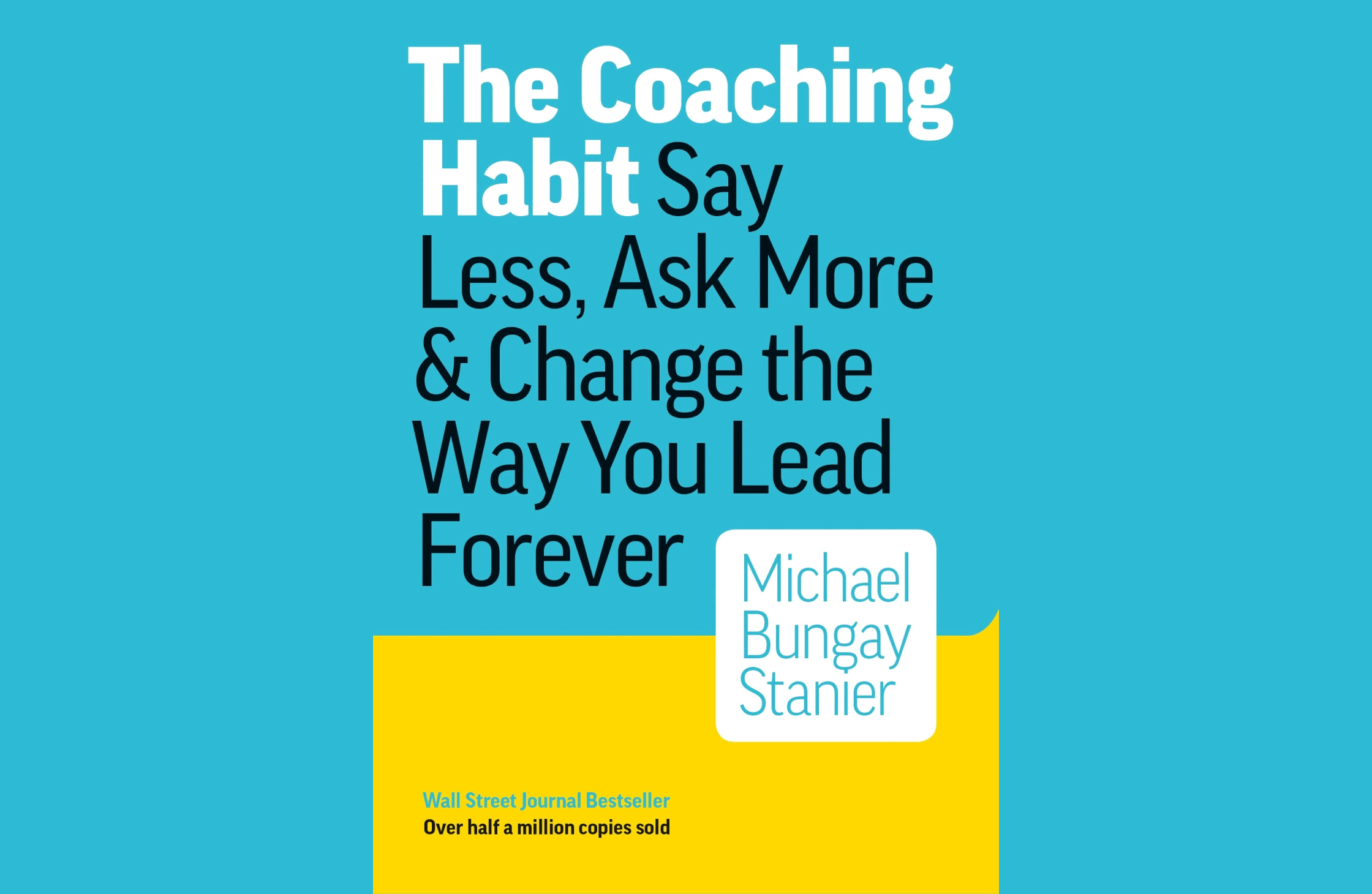Increase Team Magic with 4 Steps of Effective Coaching Techniques
Discover the transformative power of empathetic coaching in our latest post. Learn practical techniques from Michael Bungay Stanier’s “The Coaching Habit” to enhance communication, foster trust, and inspire innovation. Elevate your conversations today!

Effective communication is often the key to success in today's fast-paced world. In the realm of coaching and mentoring, the ability to listen actively and ask the right questions is paramount. Michael Bungay Stanier's book, "The Coaching Habit," is a practical manual that provides actionable insights on becoming a better coach through the power of empathetic questioning.

Introduction: Setting the Stage for Empathetic Coaching
Picture this: a bustling office environment, deadlines looming, and a team facing a challenging problem. As a leader, your instinct might be to jump in with solutions to guide your squad swiftly through the issue. However, what if there was a more effective way? What if you could empower your team to find solutions instead of providing immediate answers?
Stanier's book introduces us to a transformative concept: the power of asking, "And what else?" When used intentionally, these three words can open the floodgates of creativity and problem-solving. In this blog post, we will delve deep into the practical applications of this question, exploring real-world scenarios where it can make a significant difference.

Section 1: The Art of Active Listening
Effective coaching begins with active listening. It's not merely about hearing words; it's about understanding the emotions, concerns, and aspirations behind those words. As a coach, you create a safe space for open dialogue.
When a team member approaches you with a problem, resist the urge to interject immediately. Instead, focus on their words, tone, and body language. Engage with them entirely, demonstrating your genuine interest in what they have to say. This active listening sets the stage for the decisive question that follows.
Section 2: Empowering Through Questioning
Once you have mastered the art of active listening, it's time to wield the magic wand of questioning. Stanier's "And what else?" question acts as a catalyst, encouraging the speaker to explore their thoughts more deeply. This question is not just about seeking additional information; it's about encouraging self-reflection.
Let's consider a practical example: a team struggling with a decline in productivity. A team member voices concerns about the workload. Instead of immediately suggesting solutions, you could ask, "What else do you think might be contributing to this situation?" By posing this question, you invite the team member to consider other factors, such as communication issues or resource constraints. This simple shift in approach empowers the team members to analyze the situation comprehensively.
Section 3: Building Trust Through Empathy
Empathy forms the cornerstone of effective coaching. When team members feel understood and valued, trust flourishes. The "And what else?" question, when coupled with empathetic body language and tone, communicates your genuine concern for their perspective.
Imagine a team member expressing frustration about a project's direction. Instead of dismissing their concerns, you could say, "I can see that this situation is bothering you. What else is on your mind regarding the project?" This empathetic approach validates their emotions, making them more receptive to exploring the issue further.
Section 4: Nurturing Creativity and Innovation
One of the remarkable outcomes of Stanier's coaching habit is its ability to nurture creativity and innovation within teams. Innovative solutions often emerge when team members are encouraged to delve deeper into their thoughts and ideas.
Consider a brainstorming session where a team is trying to develop a new marketing strategy by posing the question, "And what else?" after each idea, you create a fertile ground for creativity. Instead of settling for the first solution that comes to mind, team members are motivated to explore multiple angles. This iterative process often leads to groundbreaking ideas that might have remained unexplored.

Conclusion: Embracing the Coaching Habit in Everyday Interactions
As we wrap up this exploration of "The Coaching Habit" by Michael Bungay Stanier, it's evident that the power of empathetic questioning goes far beyond the professional sphere. It's a life skill that approaches conversations with curiosity and respect.
By actively listening, empowering through thoughtful questioning, building trust through empathy, and nurturing creativity, we can create a culture of coaching in every aspect of our lives. Whether you're a team leader, a mentor, a friend, or a parent, the principles outlined in this book can elevate your interactions to new heights.
So, the next time someone approaches you with a problem, remember the transformative potential of the question, "And what else?" Embrace the coaching habit, watch your conversations become more prosperous, your relationships more profound, and your solutions more innovative. In the grand tapestry of communication, empathetic coaching is the vibrant thread that weaves understanding, trust, and creativity together, creating a masterpiece of collaboration and connection.



